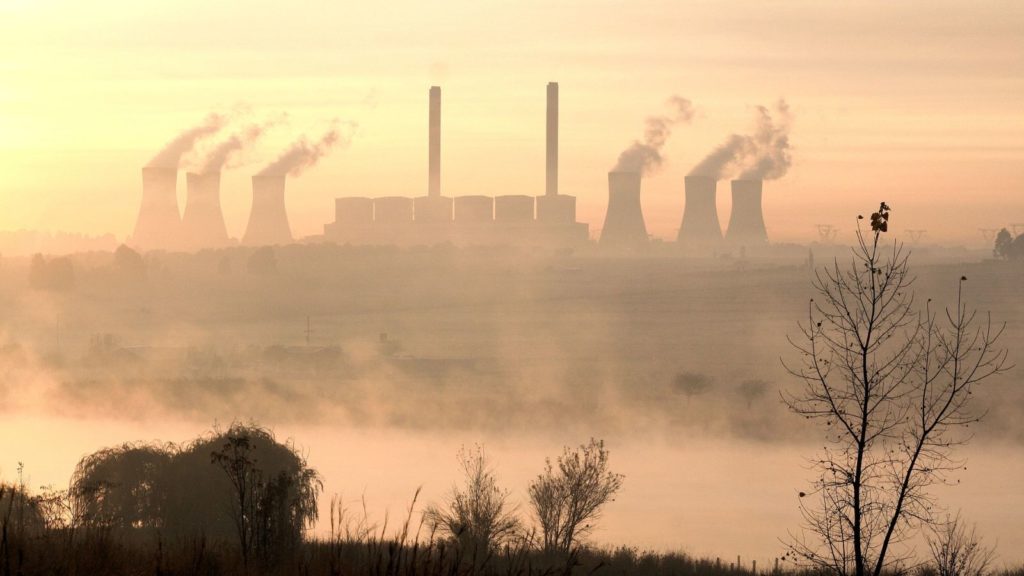Mpumalanga is known as a beautiful, green province in South Africa that contains part of the world renowned Kruger National Park and Blyde River Canyon. But Greenpeace Africa claims the coal-powered area is hiding a far darker secret in thin air.
According to the organisation, the South African province is the world’s biggest hotspot for the pollutant nitrogen dioxide (NO2), outranking Germany, India, and China
No ad to show here.
This is according to analysed data from the European Space Agency’s Sentinel 5P satellite, which highlights air pollution in the atmosphere, between June and August 2018.
“The EDGAR global emissions inventory was overlaid with the satellite data to indicate the probable major sources of NO2 emissions in each hotspot,” the organisation added.
“It has been reported before that the Witbank [eMalahleni] area has the world’s dirtiest air, and now this analysis of high tech satellite data has revealed that the Mpumalanga province is the global number one hotspot for NO2 emissions,” said Melita Steele, Greenpeace Africa’s senior climate campaign manager in a release.
“This confirms that South Africa has the most polluting cluster of coal-fired power stations in the world which is both disturbing and very scary.”
Other South African cities are also reportedly in the firing line, thanks to the wind. Greenpeace suggested that thanks to easterly winds, NO2 from Mpumalanga regularly blows into Gauteng’s densely populated regions.
The gas, which does occur naturally, can also be produced by burning fossil fuels. It also has foul effects on the human body in large enough doses.
“Nitrogen dioxide inflames the lining of the lungs, and it can reduce immunity to lung infections. This can cause problems such as wheezing, coughing, colds, flu and bronchitis,” the Australian governmental agency explains.
Feature image: agnali via Pixabay (CC0)
